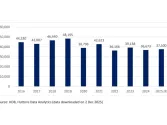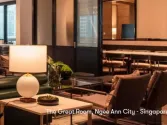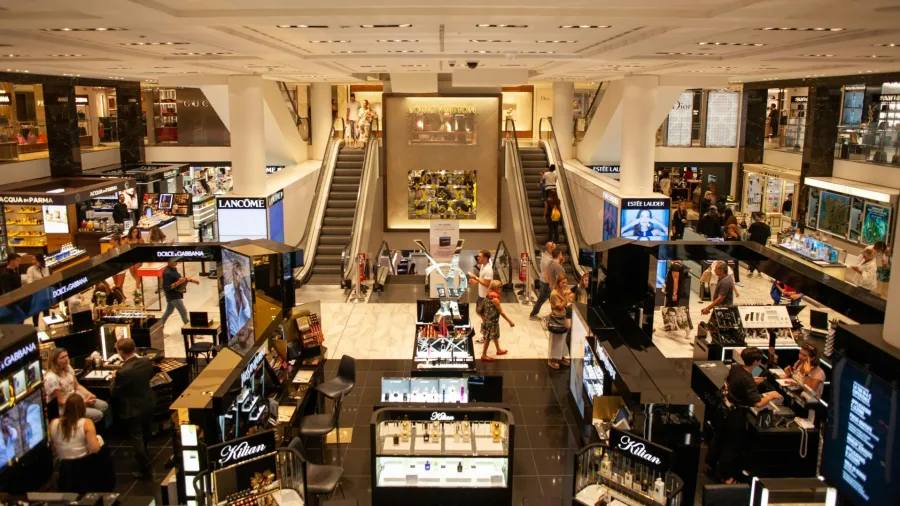
How can real estate owners capitalise on experiential retail?
Experiential retailers require high-traffic locations due to their high capital demands.
Experiential retail is reshaping how shoppers interact with brands and shifting the dynamics of the real estate market.
According to Colleen Baum, a senior partner at Mckinsey, experiential retail offers more than just shopping, it creates a space where customers can fully engage with products and brands.
“This type of retail experience is not to be confused with temporary pop-up stores or branded events,” she said. Instead, experiential retailers seek long-term leases and aim to become known as destination shopping. It’s a reason to go.”
Baum said experiential retailers require high-traffic locations due to their high capital demands. “Experiential formats tend to be more capital intensive,” she noted. These retailers need visibility and access to everyday shoppers and tourists to drive brand awareness and traffic.
The profitability of experiential retail differs significantly from traditional stores. Baum said that these formats typically take three to five years to become profitable due to their high initial costs. "Most experiential formats don’t achieve profitability from in-store sales for three to five years," she explained. However, they significantly enhance omnichannel sales. For example, one specialty retailer saw a 200% increase in omnichannel sales after opening its first ten experiential locations. "People who stopped by didn’t necessarily buy at the store, but they bought online later on," Baum notes. This contrasts with the typical 15 to 25 percent lift observed in more conventional settings.
Additionally, experiential retail aids in customer acquisition, offering an alternative to the costly digital marketing strategies many brands face.
Baum said real estate owners and operators can benefit from attracting experiential retailers as these stores increase dwell time and can drive traffic to nearby businesses.
"In a more experiential format, you have a longer dwell time and a greater likelihood that people will shop across locations," she explained.
To appeal to these tenants, property managers might need to offer higher tenant improvement allowances and consider longer build-out periods. High-visibility, ground-floor locations with ample windows are ideal. Providing valuable data about local demographics, traffic patterns, and employment sources can also help in making a compelling case to potential tenants.
"Real estate owners and operators can also attract these tenants by offering valuable data," Baum said.
She suggests that lease agreements could be structured around a percentage of omnichannel sales, reflecting the higher value of customers who engage both online and in-store. "There’s real value in having someone who goes in the store as well as buys online," she says. This model aligns rent with the performance of the experiential location and its impact on online sales.
Real estate owners can further capitalise on experiential retail by creating a complementary ecosystem of retailers. "Much of the benefit comes from how the real estate owner uses the experiential retailer to build a noncompetitive ecosystem of complementary retailers nearby," Baum pointed out.
By analysing consumer data and trends, property managers can curate a mix of tenants that attract similar customer bases. Additionally, integrating food and beverage options, hosting events, and installing special features can enhance the attractiveness of the location and capitalise on increased foot traffic.


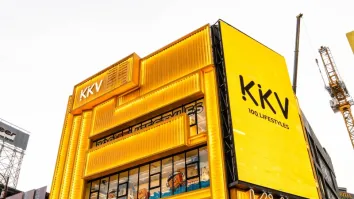
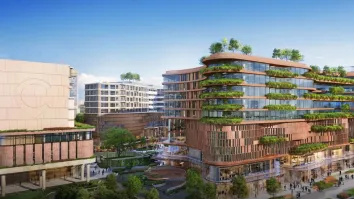












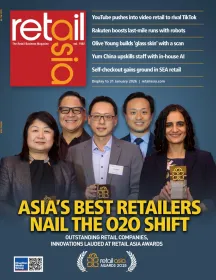
 Advertise
Advertise
